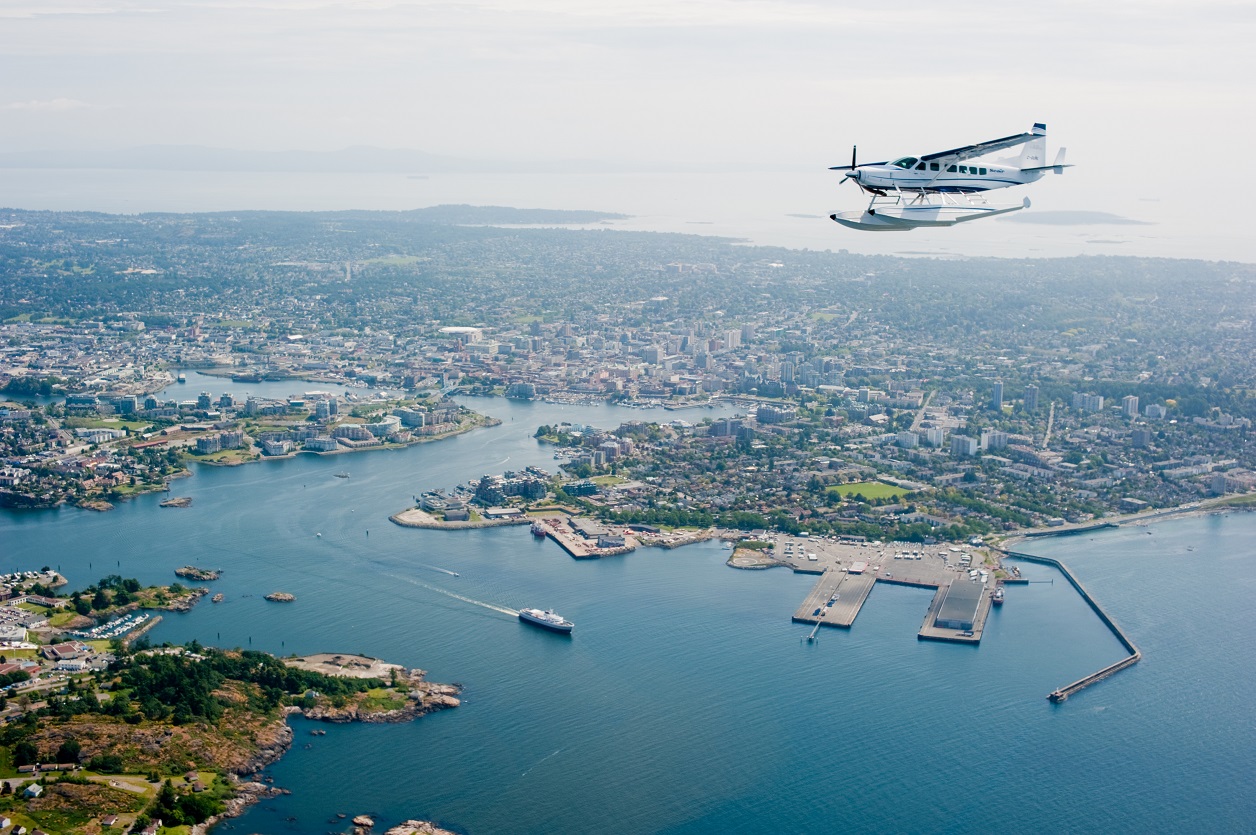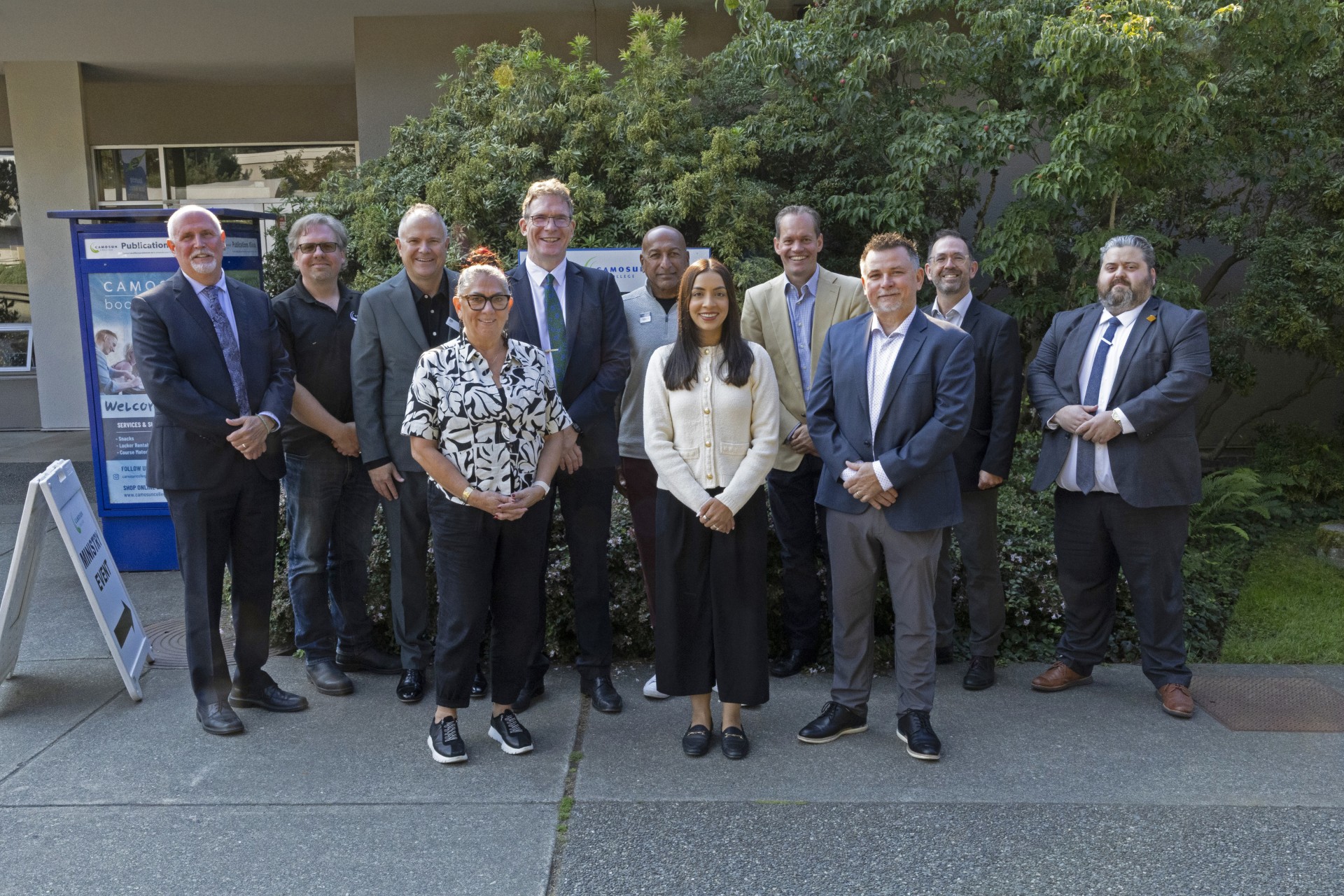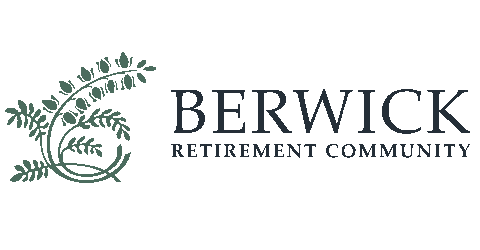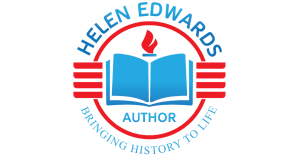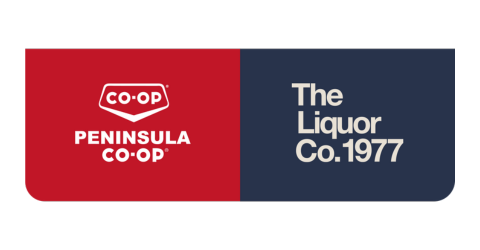ICBC freezes auto insurance rates through 2027
The Insurance Corporation of BC announced on Tuesday that no increase to basic rates is planned for next year. It marks the seventh year in a row that ICBC has held rates.
“With insurance rates stable, we can put our efforts toward enhancing customer experience and expanding online services,” ICBC interim CEO and president Jason McDaniel said in the media release.
ICBC reviewed its finances and concluded that basic auto-insurance rates do not require a change through to 2026-27 fiscal year, eliminating the need for an application to change rates with the BC Utilities Commission in 2025 and postponing any potential need for an application until late 2026.
Some of the credit for the stable financial situation goes to the switch to a “no-fault” system, which McDaniel recently told a Chamber audience he prefers to call Enhanced Care.
The introduction of Enhanced Care in 2021 led to an immediate reduction in basic insurance rates, and has helped keep the rates steady ever since.

